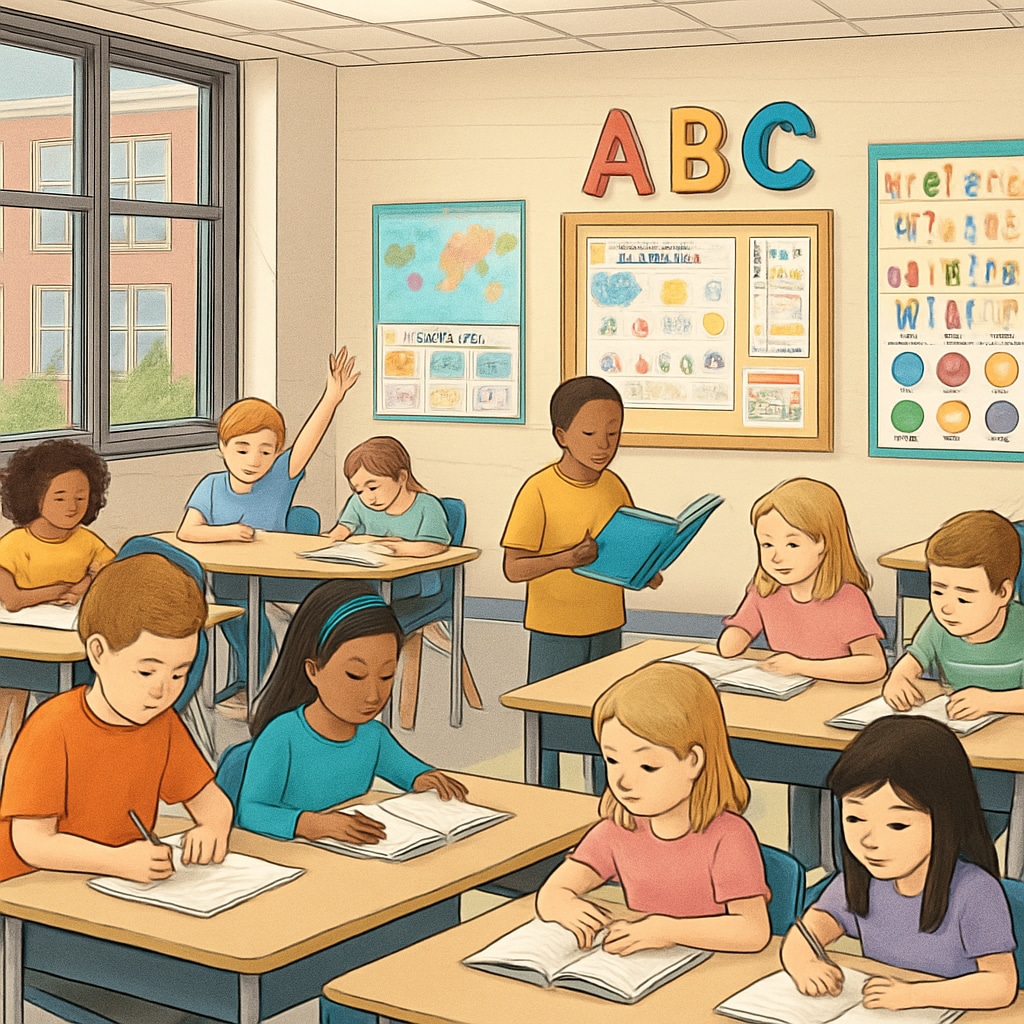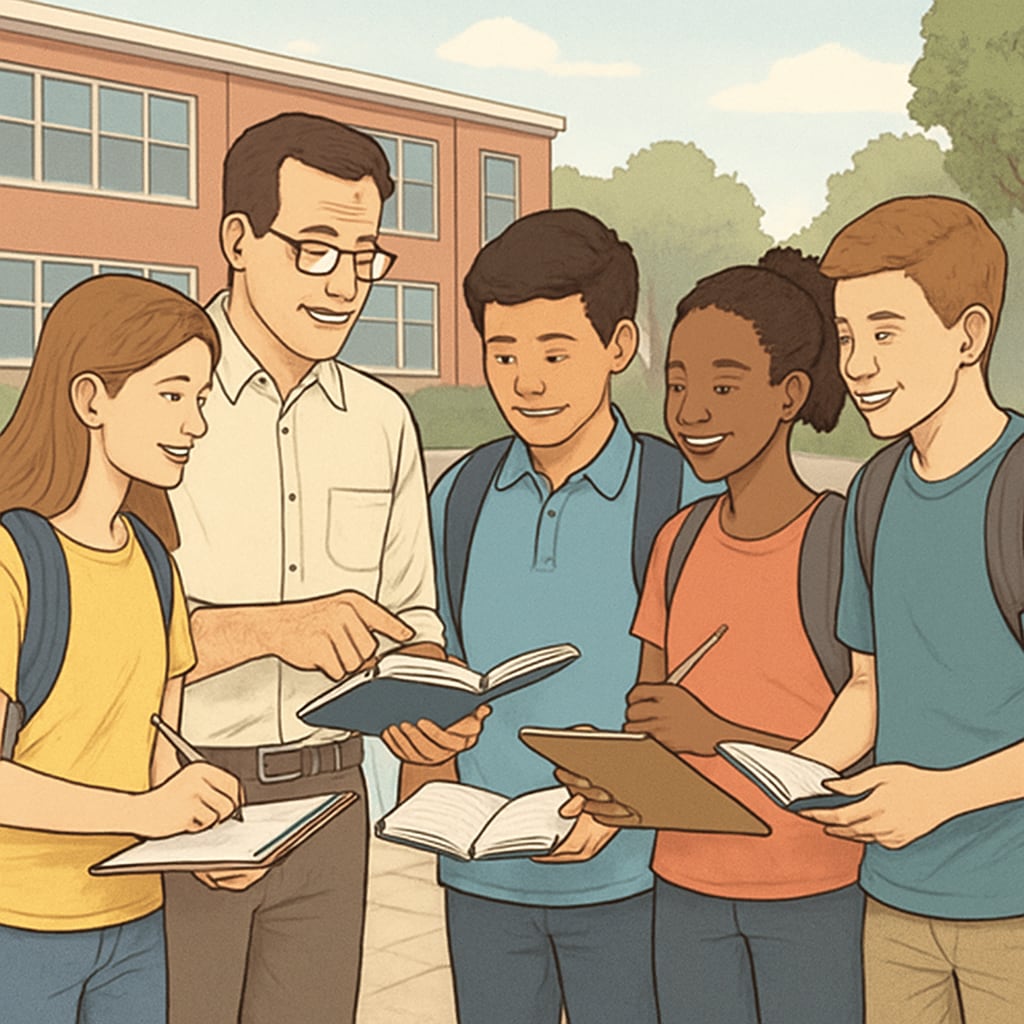Relocating elementary schools to temporary classrooms, such as those within high school campuses, can significantly impact students’ learning and development. This shift introduces unfamiliar surroundings, different routines, and new social dynamics. While these changes can be challenging, they also offer opportunities for growth when addressed through effective collaboration between parents, educators, and administrators.

Impact of Temporary Facilities on Elementary Students
Temporary school facilities often lack the nurturing environment tailored to the developmental needs of younger children. High school campuses, for instance, may feature larger spaces, older students, and more structured atmospheres, which can feel overwhelming for elementary students. This shift may affect their sense of security and familiarity, leading to stress or reduced academic engagement.
Common challenges include:
- Disruption in daily routines due to unfamiliar schedules or layouts.
- Social dynamics influenced by interactions with older students or less cohesive peer groups.
- Difficulty adapting to less personalized classroom settings.
However, with proper support, children can learn adaptability, resilience, and confidence, turning these challenges into valuable life lessons.
Creating a Positive Educational Environment
To minimize the challenges posed by temporary classrooms, effective strategies must be implemented. Parents and educators play a crucial role in fostering a sense of stability and comfort for students. Collaboration between families and schools can significantly enhance children’s ability to adapt and thrive.
Key strategies include:
- Clear Communication: Parents should stay informed about changes and discuss them with their children to reduce anxiety.
- Personalized Support: Teachers can offer tailored assistance to students struggling with the transition.
- Engaging Activities: Schools can organize events that encourage social bonding and familiarity with the new environment.

The Role of Parents in Supporting Their Children
Parental involvement is essential in helping children navigate the complexities of temporary school facilities. By actively participating in their child’s education and emotional well-being, parents can provide the stability and reassurance children need during this period.
Parents can:
- Encourage open communication, allowing children to express their concerns and feelings.
- Collaborate with teachers to understand their child’s needs and progress.
- Maintain familiar routines at home to balance the changes occurring at school.
In addition, schools can host workshops or parent-teacher meetings to share strategies for supporting children, ensuring a unified approach to tackling these challenges.
Conclusion: Turning Challenges into Opportunities
While temporary school facilities may introduce challenges for elementary students, they also present opportunities for growth and resilience. With strong collaboration between parents, educators, and school administrators, children can adapt to their new environment and continue to thrive academically and emotionally. By prioritizing communication, personalized support, and stability, the transition can become a stepping stone in their educational journey.
For more insights on educational environments, visit Education on Wikipedia or explore Education on Britannica.


